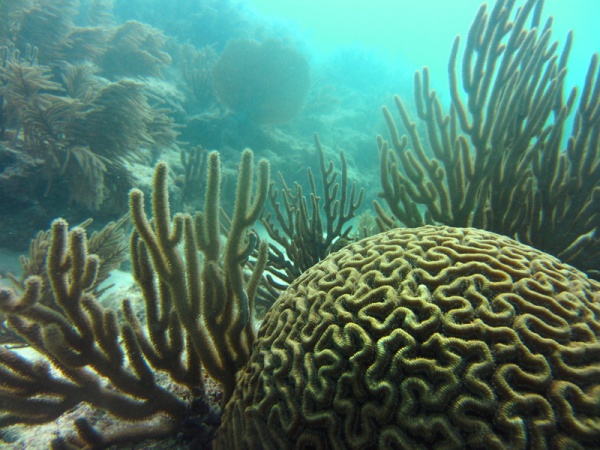Facts About Diploria strigosa
Pseudodiploria strigosa, commonly known as the symmetrical brain coral, is a remarkable colonial stony coral species in the family Mussidae. This coral is typically found in the shallow waters of the West Atlantic Ocean and the Caribbean Sea, renowned for its slow growth and impressive longevity.
The coral forms either smooth, flat plates or hemispherical domes, characterized by interconnecting valleys that house polyps within corallites. Each corallite is equipped with septa and costae, with the valleys separated by rounded ridges. The coral's vibrant colors are attributed to symbiotic dinoflagellate algae living within its tissues.
Symmetrical brain coral is prevalent in regions such as the Caribbean Sea, the Bahamas, Bermuda, Florida, and Texas. It predominantly grows on reefs but can occasionally be found on muddy seabeds at depths of up to 40 meters. Notably, fossilized remains of this coral, along with other species, have been discovered in marine deposits from the Pleistocene era in Puerto Rico.
This coral exhibits very slow growth, with large specimens over a meter in diameter being at least a century old. During the day, the polyps retract into their corallites, while at night, they extend their tentacles to feed on zooplankton. Furthermore, they derive additional energy from the photosynthetic products of their resident zooxanthellae.

 Mexico
Mexico